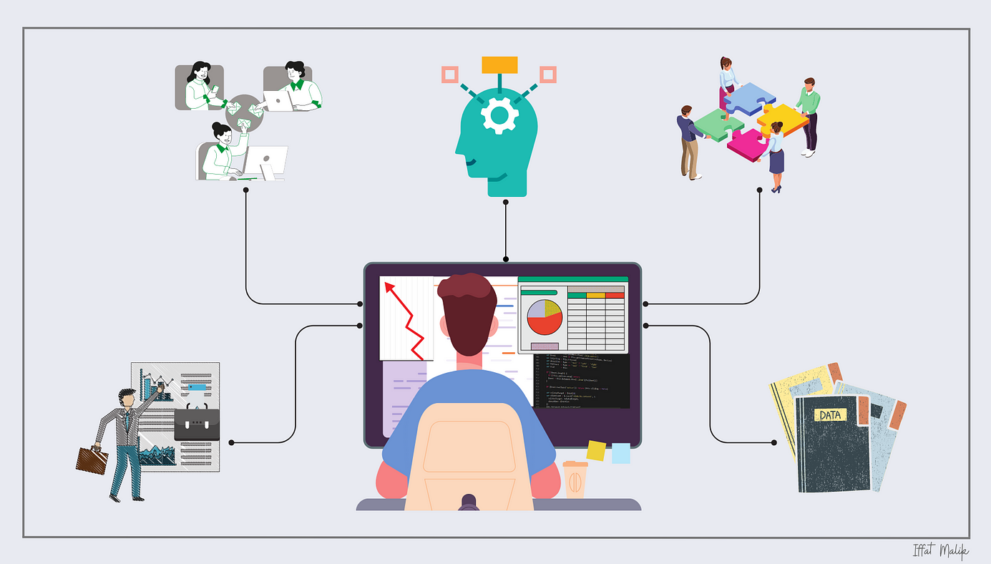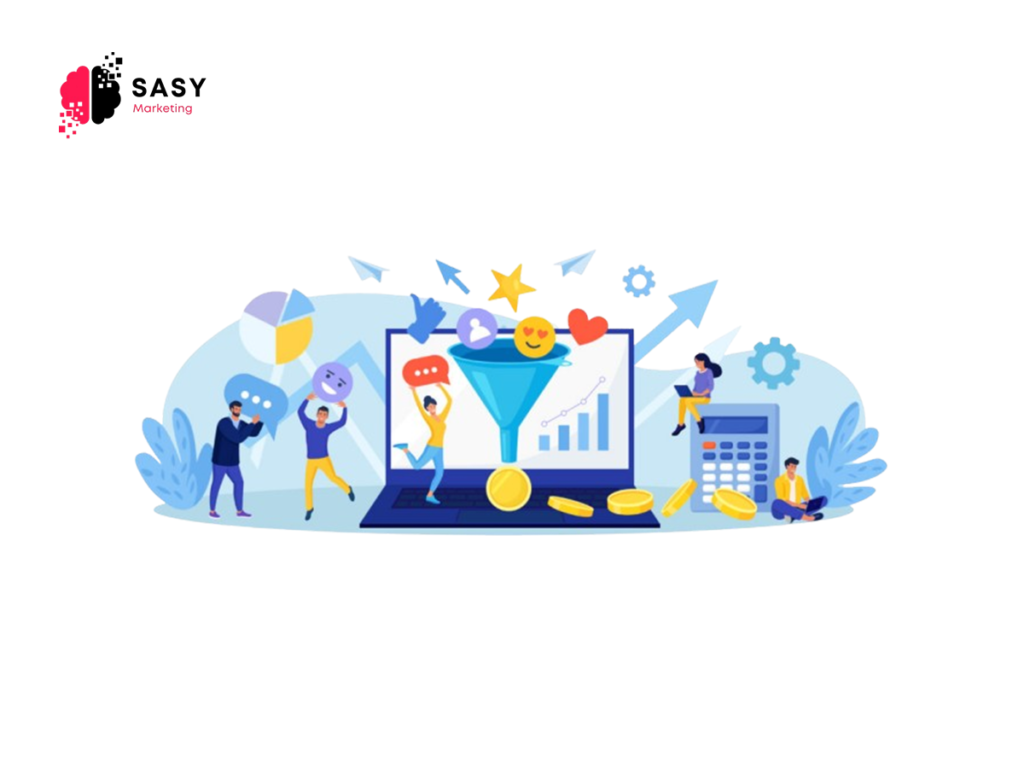Exploring Different Data Representation | Making Sense Of Information

In our digital age, information is all over. From the clicks on websites to the temperature in your city, everything can be evaluated and put away as information. But what happens to this information and how is it spoken to? Let’s jump into the world of different data representation to see how data is organized and translated.
What Is Different Data Representation?
Different data representation is the strategy utilized to depict and organize information in an organization that’s effectively reasonable by computers and people alike. It includes deciphering real-world marvels into an organized shape that can be prepared, analyzed, and deciphered by machines.
Sorts Of Different Data Representation
1. Printed Representation
Content is one of the foremost essential shapes of different data representation. It incorporates letters, numbers, and images organized in an arrangement.Printed information can be found in reports, emails, and social media posts. Computers decipher printed information utilizing character encoding plans such as ASCII or Unicode.
2. Numeric Representation
Numeric information comprises numerical values that can be controlled scientifically. This sort of different data representation is commonly utilized in areas such as back, building, and logical investigation. Numeric information can be spoken to in different groups counting integrability, floating-point numbers, and divisions.
3. Graphical Representation
Graphical representation includes showing information outwardly through charts, charts, and graphs. This frame of representation is valuable for passing on complex data in a brief and easy-to-understand way. Graphical representations can incorporate bar charts, pie charts, scramble plots, and more.
4. Sound Representation
Sound representation includes encoding sound waves into digital arrange. This sort of representation is utilized in applications such as music spilling, discourse acknowledgment, and broadcast communications. Sound information can be spoken to utilizing designs like MP3, WAV, and MIDI.
5. Video Representation
Video representation includes encoding visual and sound information into an advanced arrangement. This sort of representation is utilized in mixed media applications such as spilling administrations, video conferencing, and observation frameworks. Video information can be spoken to utilizing groups like MP4, AVI, and MOV.
Faqs Approximately Distinctive Different Data Representation
Why is different data representation vital?
Different data representation is fundamental for organizing and translating data successfully. It permits us to analyze information, make educated choices, and communicate experiences to others.
How do computers translate different data representations?
Computers decipher utilizing calculations and programming dialects. Each sort of different data representation has particular rules and traditions that direct how it is prepared and controlled by computers.
Can The Same Information Be Spoken To In Different Ways?
Yes, the same information can be represented in different ways depending on the setting and the aiming reason. For illustration, a temperature perusing of 25 degrees Celsius can be spoken to as “25°C” in content, as a point on a line chart, or as a bar on a thermometer chart.
Conclusion On Different Data Representation
Different data representation plays a pivotal part in our computerized world, empowering us to form a sense of endless sums of data. Whether it’s content, numbers, design, sound, or video, each shape of representation offers special bits of knowledge into the basic information. By understanding how data is organized and spoken to, able to tackle its control to unravel complex issues and drive development in different areas.
In conclusion, investigating different data representation not as it were improves our understanding of data but too engages us to open modern conceivable outcomes within the domains of innovation, science, and past.
In a nutshell, whether we’re analyzing money related patterns, visualizing climate information, or getting a charge out of our favorite music, different data representation shapes the way we see and associate with the world around us.







